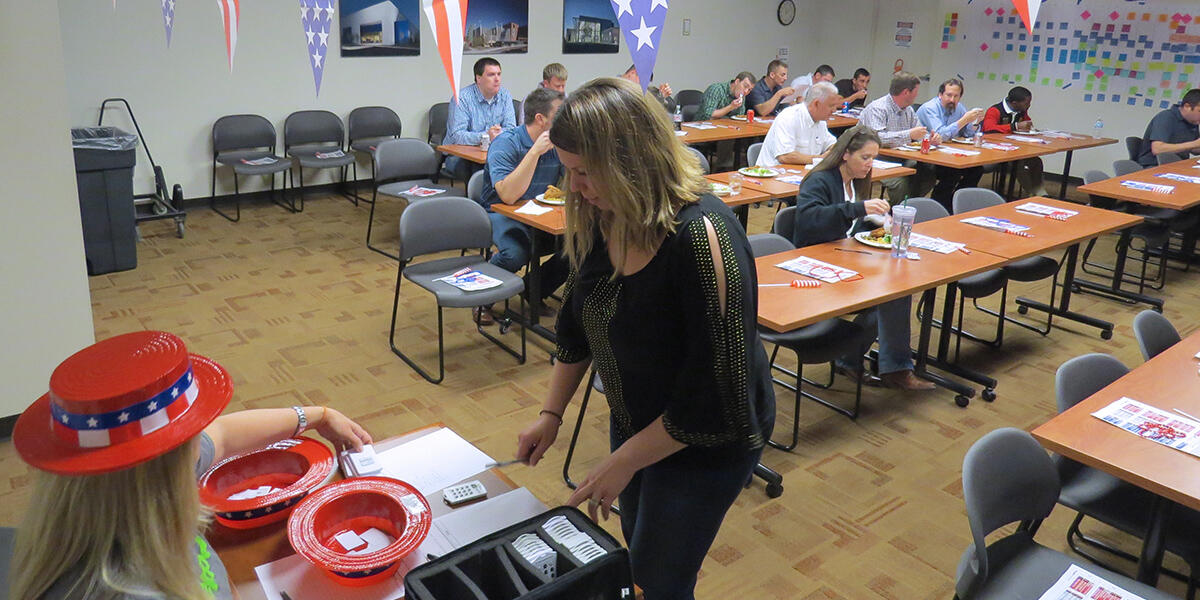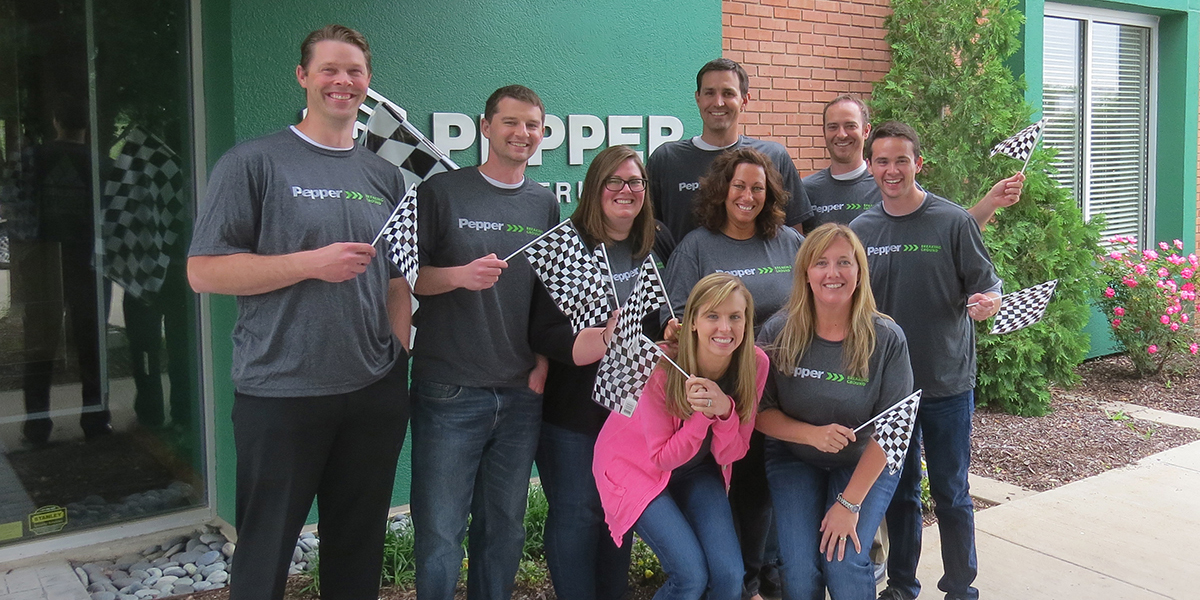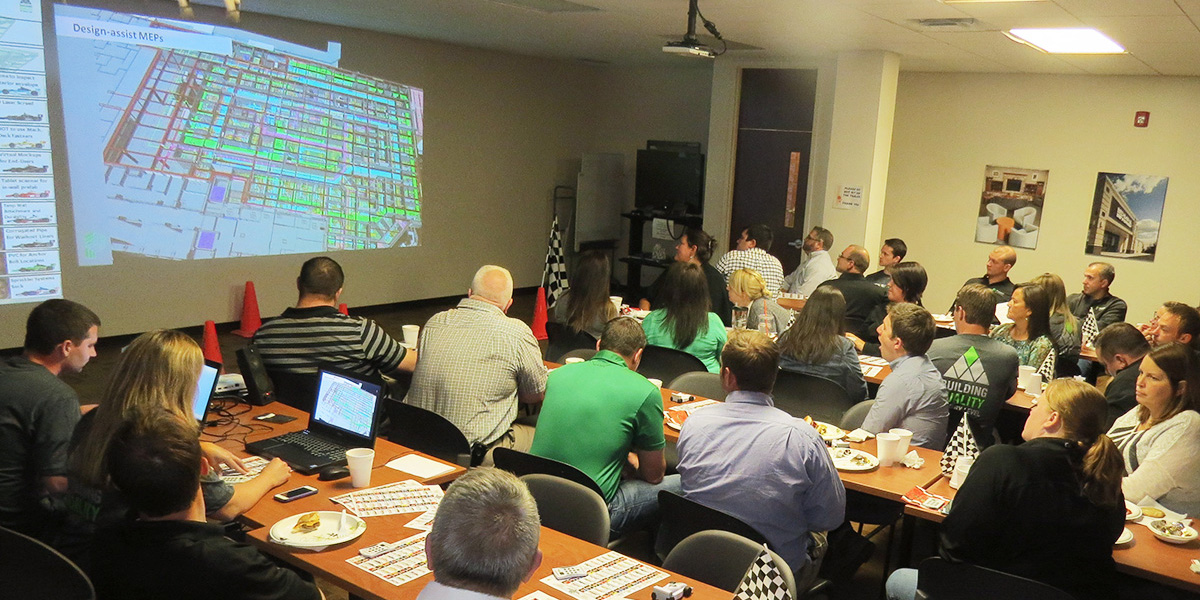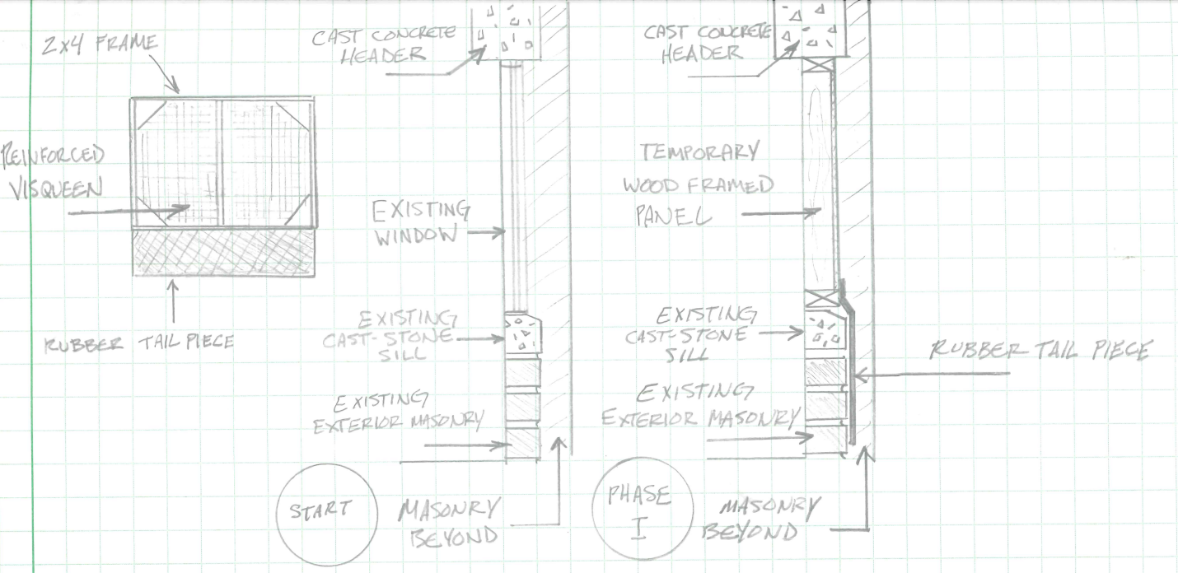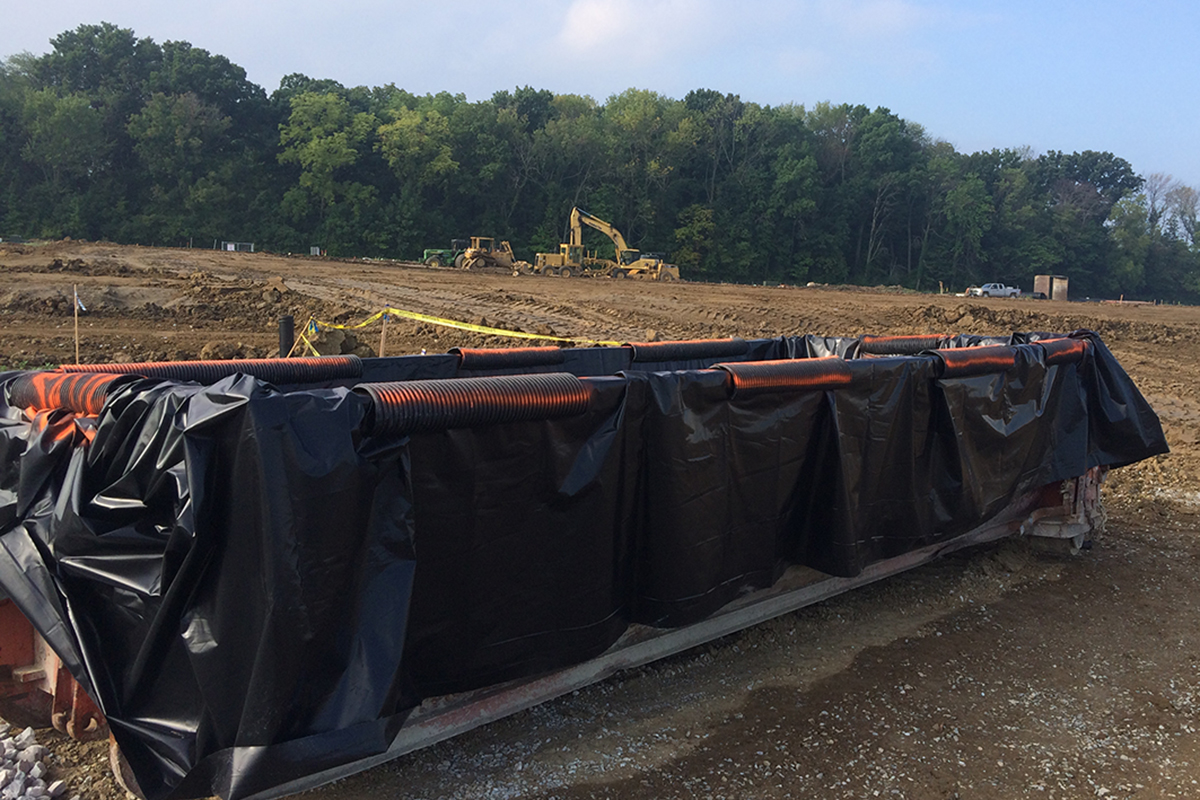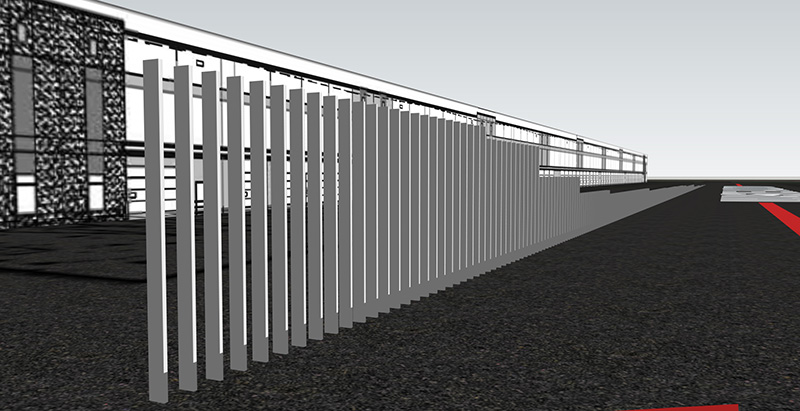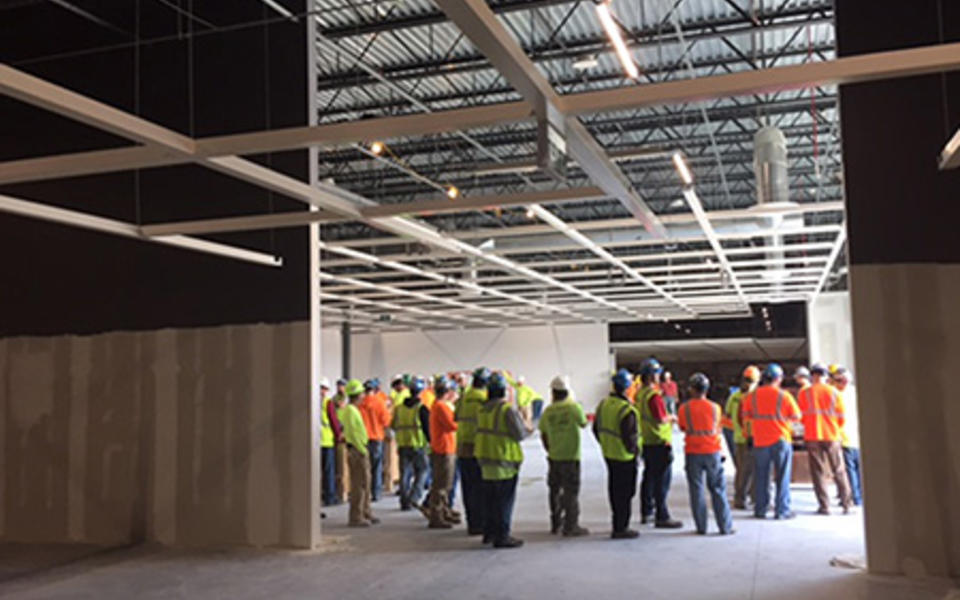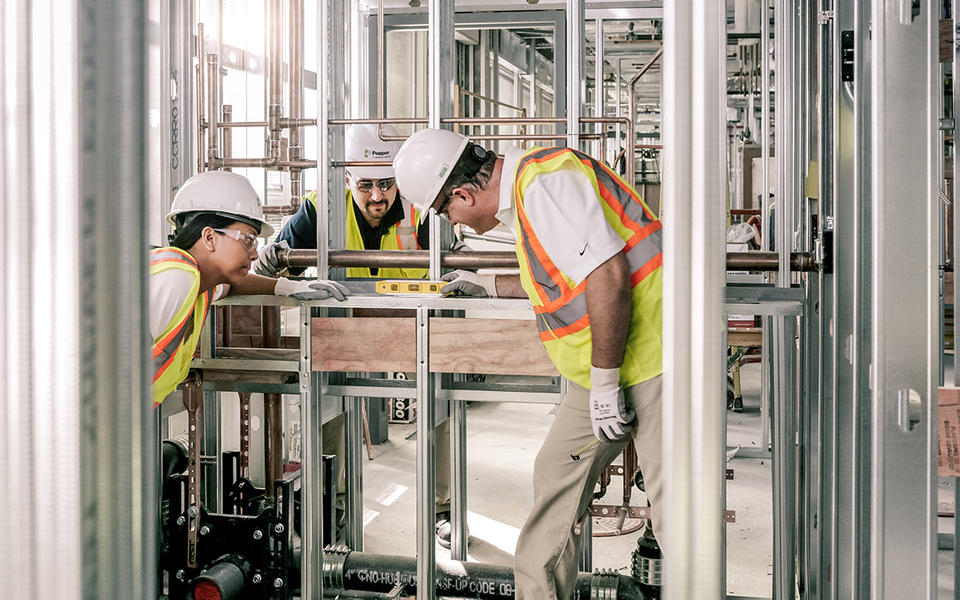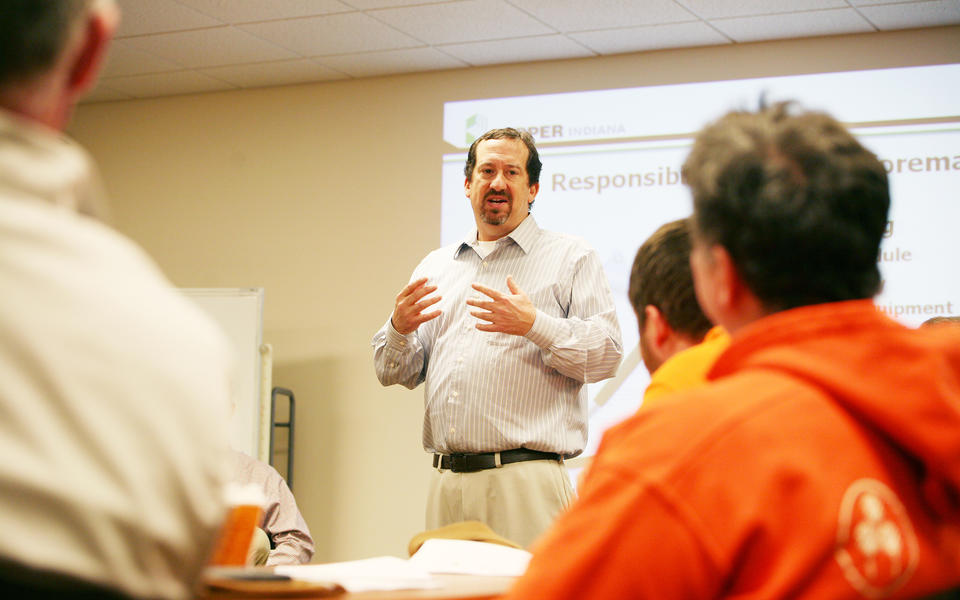Quality
Innovation is a hot topic right now. From Forbes and Fast Company, to institutions like Yale, media publications feature articles about building a culture of innovation, and those that incorporate insights from companies like Apple, Google and Tesla are sure to rise to the top of the search results. It’s a worthwhile subject as companies seek to emulate the successes of these organizations.
In contrast, the construction industry isn’t exactly known for innovation. In fact, some would suggest we’re behind our time. The constraints that drive our business, like high-risk activities, low margins and industry standards and regulations, seem to work against the forces that are moving us forward, like virtual technology, new methods and materials, and clients who want greater efficiency.
Still, it is a misconception that our industry lacks the creativity needed for innovation. In fact, I’ve seen just the opposite. Our industry is ripe with left-brained engineers who are just as practiced in using the right side of their brains to solve every-day problems.
At Pepper, we’ve found the real challenge is not in our ability to innovate but in our ability to track those ideas and implement them company wide. How do we capture the lessons learned and best practices from the field and distribute them to other teams - so owners can expect the same level of quality and service from one project and team to the next?
Creating a forum in which people want to participate
Approximately eight years ago, Pepper revamped our quality program in Indiana to take it to the next level. As part of that program, we capture Quality Concepts, or lessons learned and best practices. Like many new programs, when we rolled out the changes, company wide adoption didn’t happen as quickly as hoped.
As we thought about ways to make the program more engaging, we came up with the Quality Concept of the Year award to encourage people to contribute their ideas and actively listen to their peers. Our original goals were to use the Quality Concept of the Year to generate excitement about our quality program, recognize individuals for contributing to the company’s improved performance and provide a safe forum for sharing lessons learned. We decided to model it after our safety training events, which were always well attended.
The quality committee designed the awards program around a friendly competition. Each year, we choose a theme. We’ve gone head-to-head in the playoffs, raced in the Pepper 500 and Pepper derby, and this year we held our first Pepper election, where employees voted for their concept of choice. This past year, 33 concepts were submitted, and every chair was filled, with standing-room only.
When implementing a program such as this, we have found three keys to making it work:
01. We advertise
Let’s face it, submitting quality concepts is not the priority of the day for any of us so when the call for submissions opens, posters go up and every conversation around the office includes a reminder. Group leaders are asked to encourage their teams to submit quality concepts, and even marketing helps by sharing the stories they have heard. It has always been a challenge to get people to share concepts.
02. We create a safe environment
As he was accepting his award that first year, the winner commented, “Amazing, I get an award for messing up.” The first year most of the concepts were lessons learned, and even though more best practices than lessons learned are submitted today, it’s still important to maintain an environment where people feel comfortable sharing their mistakes.
03. We play to people’s competitive nature
Employees show up as much for the entertainment value as they do to learn. Sure there’s some trash talking, but competitors have also learned to “sell” their concept by sharing the challenges, their solution and the benefits.
5 Characteristics of an innovative quality concept
While not every quality concept is innovative, the Quality Concept of the Year program has successfully surfaced creative ideas that would have otherwise gone unrecognized company wide. We believe that focusing on quality opens the door to innovation. Further, five themes have emerged among the quality concepts that distinguish innovative thinking.
01. Innovation solves a problem in a unique way
Weather-tight temporary windows - As part of the scope for a design-build remodel project, Pepper was tasked with the removal and replacement of all exterior windows (130 openings), which was scheduled to begin in the middle of winter. Since the new windows were larger than the original, masons were used in addition to the glazing subcontractor to remove exterior face brick and provide new flashing and limestone sills approximately 12” lower than the original. Due to tight schedule conditions, the window removal and installation had to be completed in six weeks to begin all temperature sensitive interior activities.
Many ideas were presented as how to provide the protection within the space from the winter elements as well as providing any temporary heating provisions that would be needed to maintain heating inside the building space. The final method agreed upon proved to be the most efficient, cheapest, and least intrusive to the project work flow. By building temporary wooden window frames wrapped in reinforced visqueen, we were able to provide a quick form of protection from the exterior. The panels were reusable at every opening and had a thick rubber tail piece that hung from the bottom of the frame on the exterior side of the building allowing for continued protection from the winter weather once the new lowered sills were installed. The panels held up well through the construction process despite several passes made by each trade at each window opening. They provided excellent winter protection without the use of temporary heaters and large visqueen barriers and helped us complete the window demo/reinstallation on schedule and within budget.
02. Innovation results in some type of savings
Alternative method for controlling water - A skylight project at a mall included the complete removal of the existing skylight and extending the structure upward, changing the architecture of the area above the roof level from a series of six peaks to three. Therefore, the roof was going to be open for an extended period of time. Our initial plan was to construct a tent over the structure to temporary-in the work and do everything we could to keep water out of the opening. We knew this was going to be problematic based on the height of the new structure above the roof and the unreliable materials that would be needed to keep the enclosure intact. A change in philosophy from keeping the water out to welcoming the water in led us to installing a pool-liner of EPDM roofing from the top of the existing drywall bulkheads, down to our scaffold work platform. We installed four sump pits that gathered the rain water and pumped the water back out onto the roof. Additionally, the pool liner allowed us to use water hoses for spark protection during welding operations of the new steel. The plan saved over $20,000.
03. Innovation can come from anyone.
New use for common materials in the field - On projects with concrete work, washout dumpsters are required. These dumpsters must have a liner to keep excess water and slurry from dumping onto the ground or in the storm. In the past, duct tape or rope was used to keep the liner in place. This approach very rarely worked without some sort of maintenance or labor. On one project that included a large amount of concrete work, the team came up with an idea inspired by a baseball facility in town that used corrugated pipe to protect the players from the top edge of the outfield fence. The project team used leftover 4" corrugated pipe from the under drains to secure the liners to the top rail of the dumpsters. The pipes worked well at securing the liner, and the team was able to re-use them over the course of the project. The dumpster company removed them prior to pulling the dumpster, and the team replaced them when the replacement box and liner was returned.
04. Innovation can come in simple forms (like the example above) or complex
Virtual construction solution/technology facilitates decision-making - We have used a virtual mock-up to assist in room layout for two separate operating room projects at a hospital. In each case, the virtual mockup was used to supplement a full-size mockup of the operating room. The unique part of having the model to assist doctors, nurses and staff with visualization of the space was that medical equipment models were programmed to simulate dynamic range of motion and adjusted in real-time with the users. Since the room setup changed based on type of procedure, we were able to quickly move the equipment, rotate the booms and lights and provide visuals and dimensions for each type of surgery setup. Click here to learn more.
05. Innovation goes beyond conceptual to implementation, and thus, is measurable
Prefabricated studs reduces waste - Pepper started using Metal Wood Framer (MWF), a plugin program to Revit to assist in visualization, reduce waste, and improve field productivity on our projects. On one industrial project, the self perform project manager worked with the virtual construction manager to develop a plan for framing the 8" demising wall to separate the office space from the warehouse. The process of modeling the studs was automated using the templates generated within the Revit plugin and based on Pepper’s self perform group plan for framing the wall. After several discussions and meetings, elevation-specific views were generated and used to order studs that were pre-cut to length. The traditional method of ordering studs would have resulted in 60 additional full height studs. Given the wall length, this amounted to a savings of just over $3,000 in material alone. Further, material waste was reduced from an estimated 20-yard dumpster to two trash bins.
Best practices can come from lessons learned
The winning concept of the inaugural Quality Concept of the Year award was a lesson learned from a large self perform concrete job, where we underestimated the needs of the project because of the scope of work – and it cost us. Fortunately, we realized the issues before the work was completed. We were able to learn from our mistakes, adjust our strategy and finish with a satisfied client.
Instead of counting the experience a loss and moving on to the next job or discounting our ability to handle another similar project, the team reviewed what happened and came up with a new strategy for our concrete pours that today we consider standard operating procedure. This is the real value of quality concepts. Since then, other lessons learned, like the above example of using MWF, have become best practices as well.
About the Author


